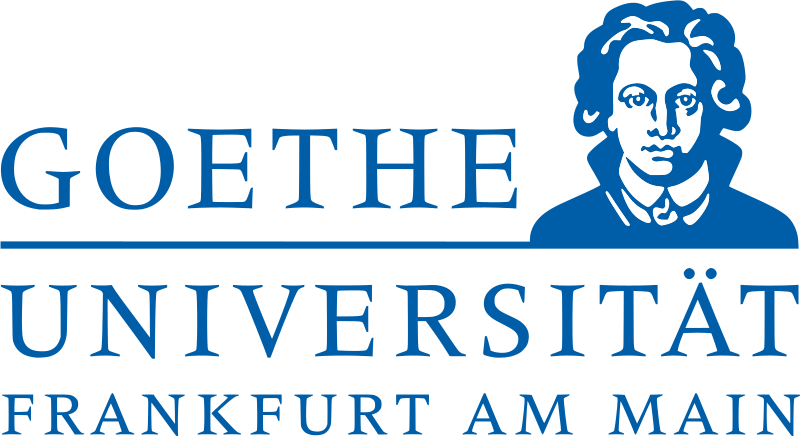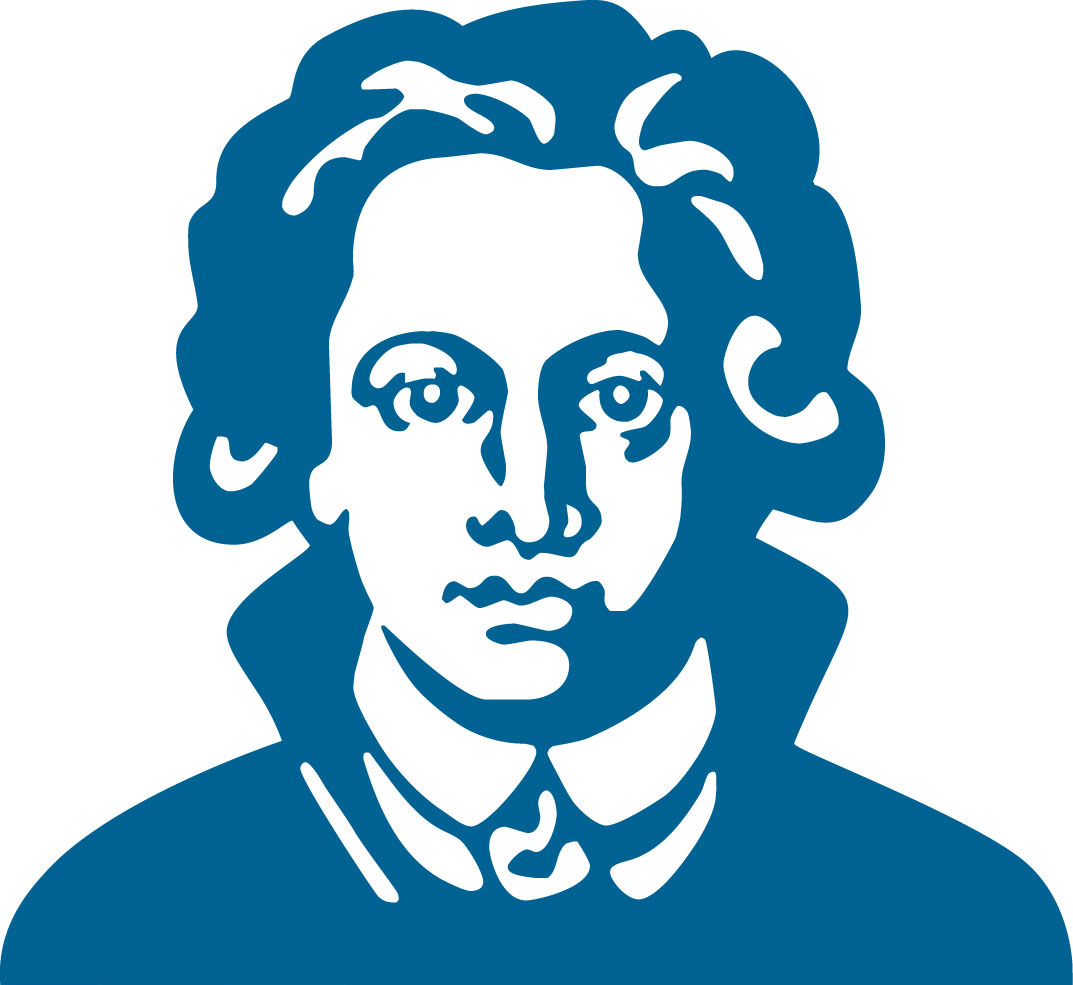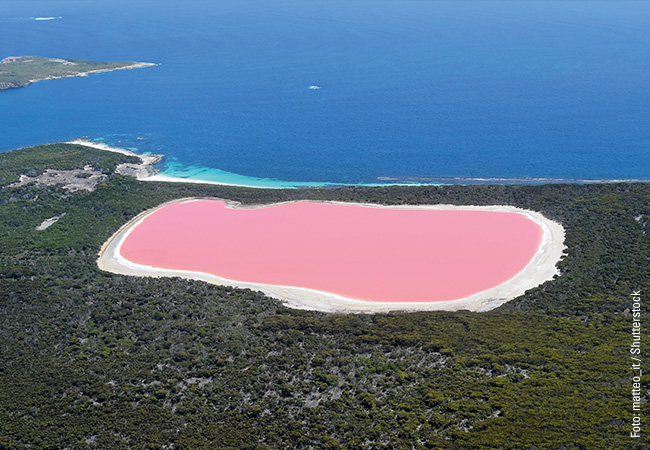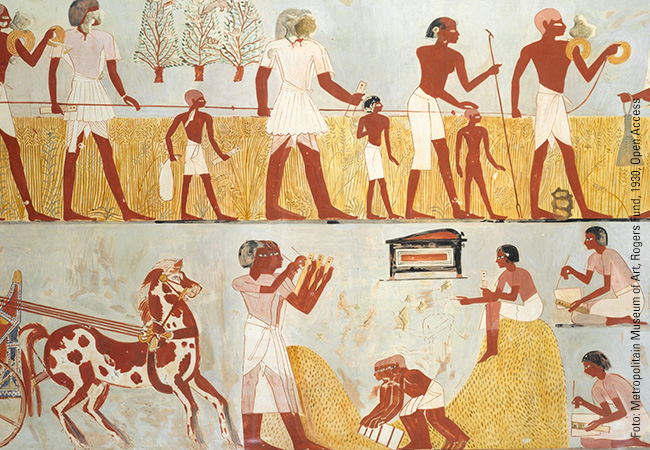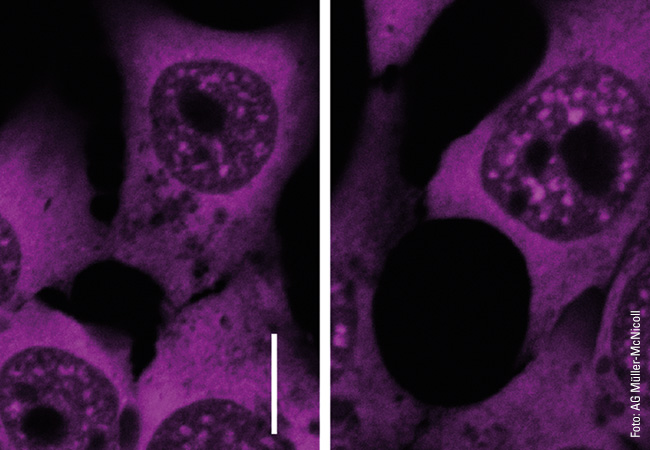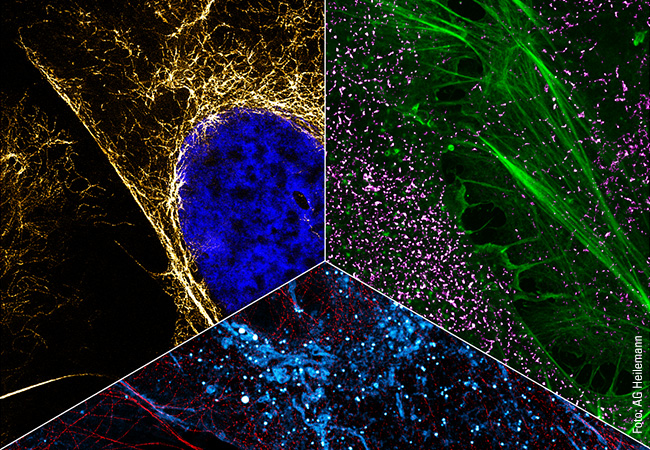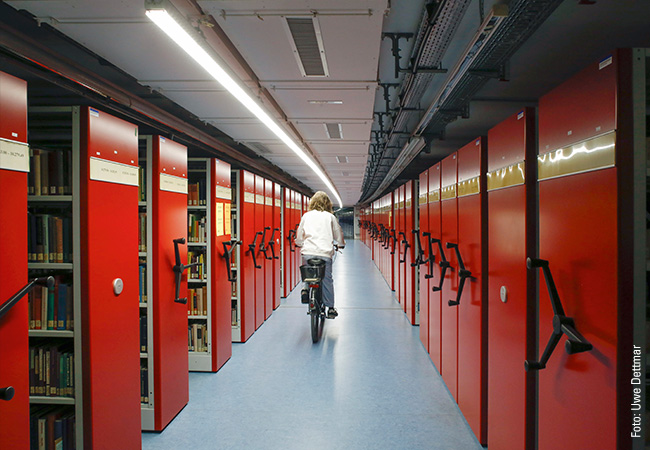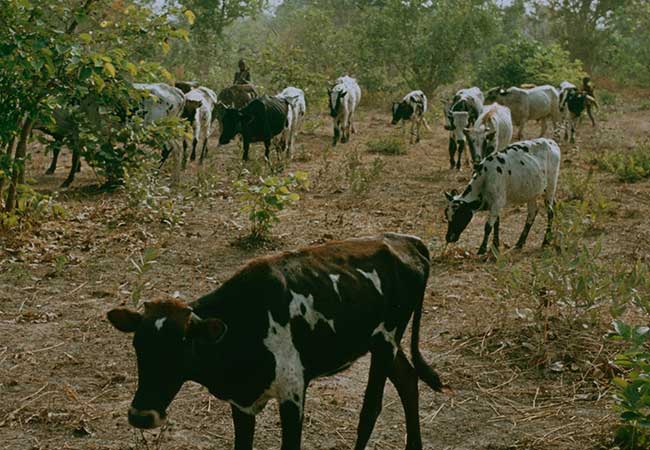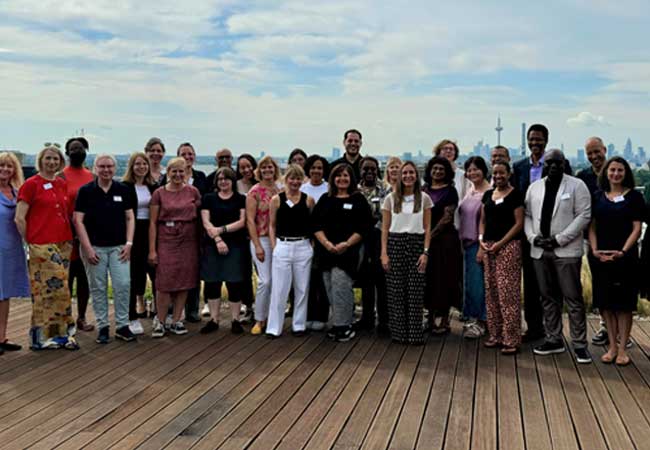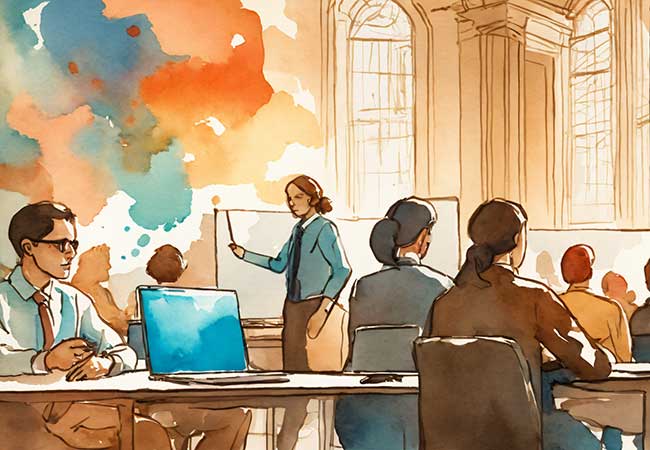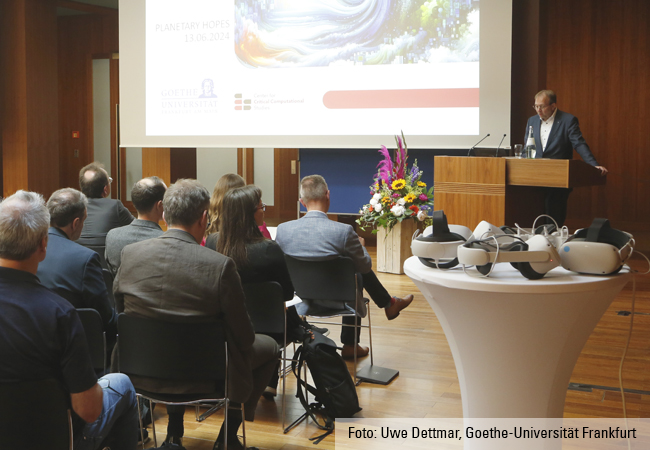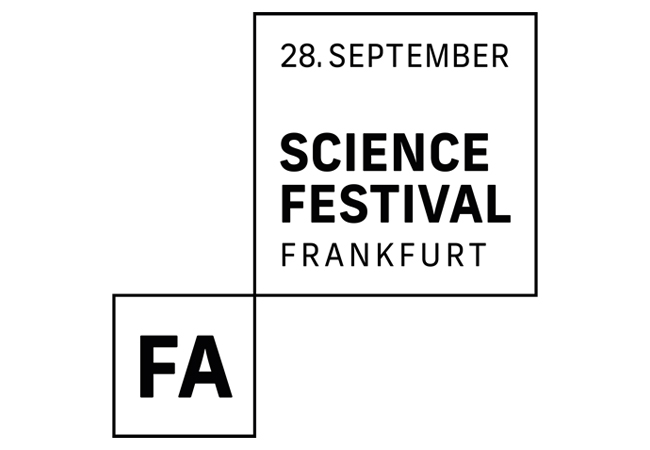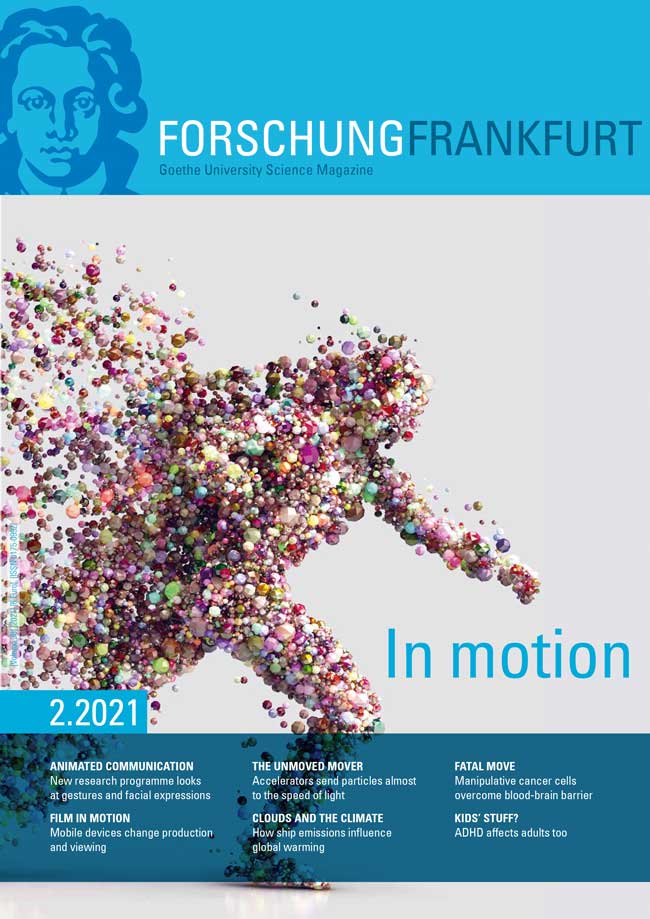
When Mongolian gazelles gather on green pastureland, 100,000 animals can soon come together. Then they scatter to the four winds. Why that is and how these animals can be protected in light of Mongolia’s booming economy explains animal ecologist Thomas Müller in the current edition of “Forschung Frankfurt”, which has now been published in English translation. Under the title “In motion”, Goethe University Science Magazine presents a multifaceted spectrum of research projects, viewpoints and analyses by Goethe University researchers.
About a million gazelles still inhabit one of the last intact grasslands in the temperate zone: the Eastern Mongolian steppe. When the lush green grass begins to sprout, huge groups of animals gather to graze – and then disappear again into the landscape’s vast expanses. Professor Thomas Müller, Senckenberg Biodiversity and Climate Research Centre and Goethe University, and his team have studied the animals’ seemingly chaotic migratory behaviour, which is unique worldwide, for many years. Time is pressing, as economic development in Mongolia is on collision course with these wild animals: roads, railway lines and oil production facilities are forcing their way deeper and deeper into the steppe. New nature conservation concepts need to be developed here, as even the large protection zones created by Mongolia in the past years do not meet the animals’ need for space: Müller estimates that a gazelle can explore an area the size of Hungary during its lifetime.
In other articles in the current issue of “Forschung Frankfurt”, scientists from Goethe University report on their research projects related to various aspects of motion, for example how they teach computers to recognise different movements such as “cutting” or “waving”, how ADHD can affect adults too or how two movements in quantum physics are superimposed, each of which only occurs with a certain probability. Other articles explore, for example, how smartphones, which are almost ubiquitous, are changing film as a medium or how sports clubs can foster the integration of immigrants.
Journalists can order the current English-language issue of Forschung Frankfurt (2/2021) free of charge from: ott@pvw.uni-frankfurt.de
All articles are available online at www.forschung-frankfurt.de (then go to EN) or https://tinygu.de/ENForschungFrankfurt
